Clean Energy and Quiet on North Cape

As small as Prince Edward Island may be, a trip out to North Cape can feel a bit like you're traveling to the ends of the earth. Once you go west of Summerside, the towns begin to spread farther and farther apart, until there aren't really any towns at all - just small clusters of houses between long, low stretches of farmland held down by a thin strip of blue gulf.
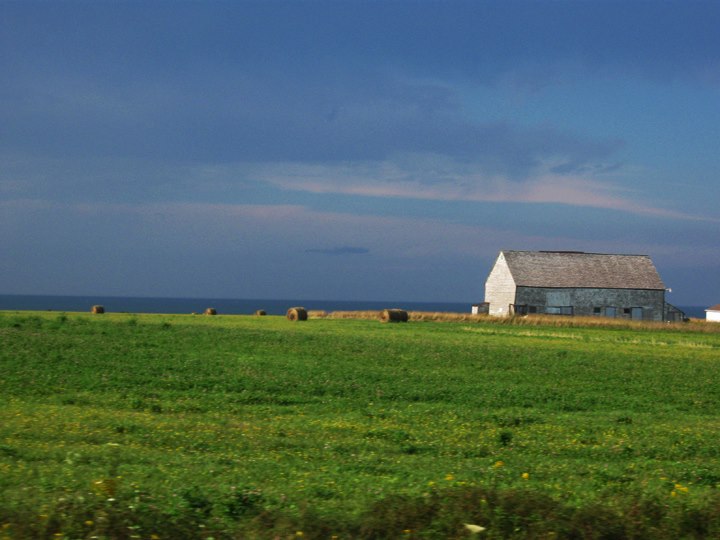

We started our trip to North Cape by driving up the eastern side of the peninsula. Near Kildare, we passed a pretty little white church. For whatever reason, it caught our interest. We stopped on the side of the road and walked back. A large stone marker in front of the church revealed an interesting story.


In 1851, the worst storm to ever hit maritime Canada caught local fisherman and most of the New England fishing fleet out on the water. The so-called "Yankee Gale" ended up wrecking 90 ships and taking 160 lives. Fifteen of these sailors were washed up on the beach near Kildare. Far from civilization and unsure of what to do, some locals buried the dead in their family cemetery.

Fishing is still a way of life out here, as it is all over the island. But even the docks feel quieter, less busy. A sign posted at the church gave a bit more local history - after waiting so long for a church to be built out on this part of the island, the congregation died out following World War II, as the younger generation moved away.

As we got closer to our destination, wind turbines crept up over the horizon. Driving toward them, it became clear just how huge these things are. It was quiet enough to hear them hum.


At the North Cape Wind Farm, we were able to see one up close. The body of the turbine is the size of a small commercial plane. Working models dotted the cliffs overlooking the Gulf of Saint Lawrence. The wind farm supplies about 7.5% of PEI's electricity.

While there are concerns about the effects the windmills may have on local residents (the constant low-level noise) and wildlife (birds flying into them), this method of energy production is clean and even kind of beautiful.
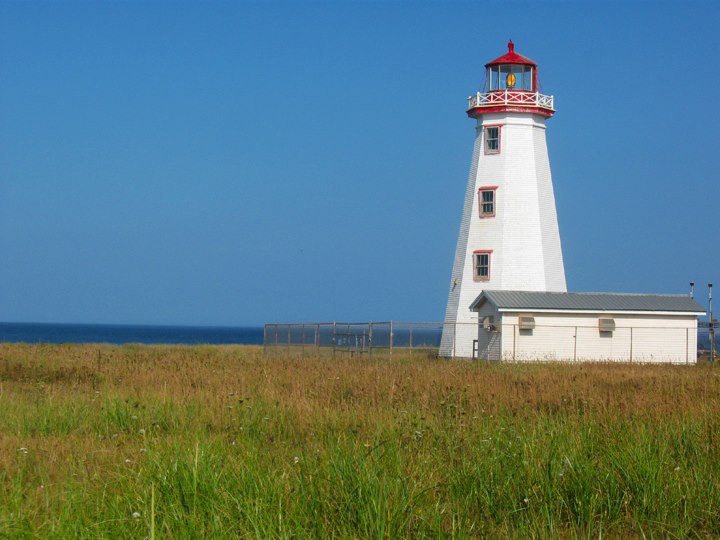
Naturally, North Cape has a lighthouse on site, warning ships away from what is thought to be the longest natural sedimentary rock reef in North America. But as we wandered down the paths to the bottom of the cliffs, we spotted something we hadn't been expecting - inuksuks!

Inuksuks are stone cairns created by native peoples all across the Arctic region of North America, from Alaska to Greenland. You'll spot them throughout Canada today - including on the flag of Nunavut and as the symbol for the 2010 winter Olympics.


Between the almost-eerie quiet, the sandstone cliffs, the field of turbines, and the random Inuksuks, North Cape felt slightly surreal.
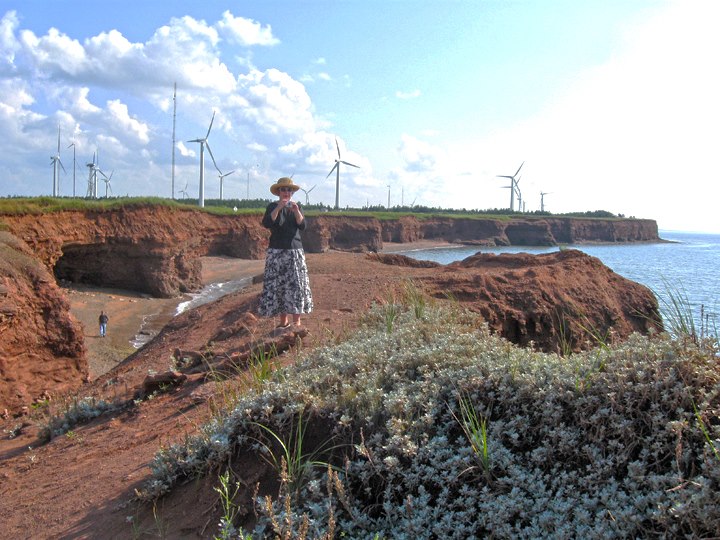
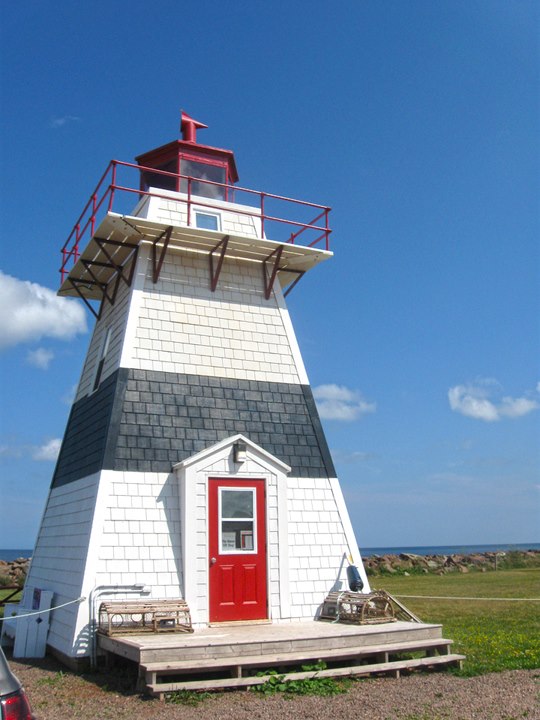
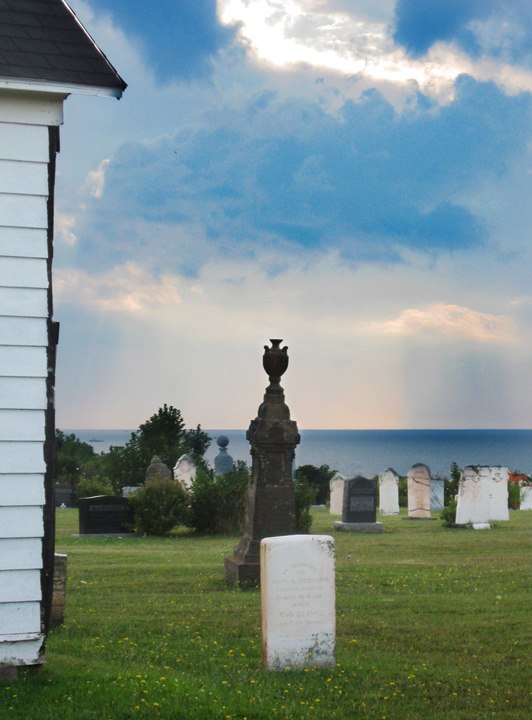
We made our way down the western side of the island, stumbling across familiar landscape as we reached a little church and cemetery by the sea in Campbellton.
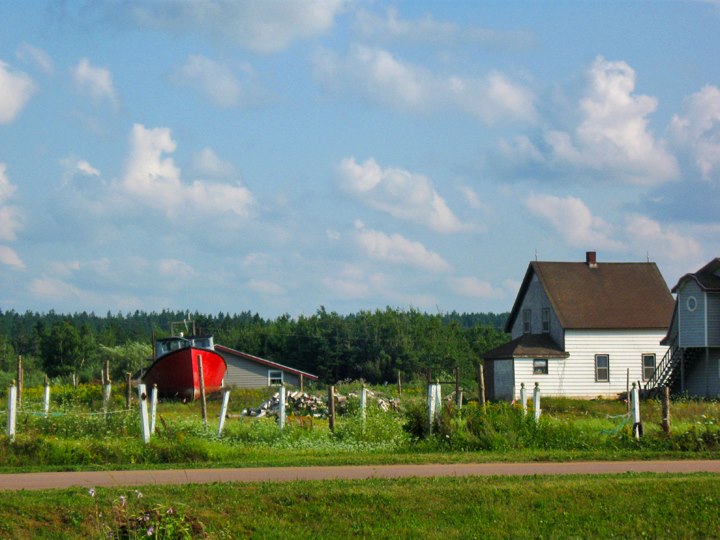
We'd passed through on my first, snowy trip to the island almost ten years before, when my parents were still looking at property. While I'm glad they ended up where they did (closer to the central part of the island), I'm also glad to know this pocket of the island exists, so close to the relative bustle of Summerside, and yet, worlds away.

Comments
Post a Comment